Introduction
In the market conditions of 2020, the sustained opportunity that can currently be seen is based on the deployment of 48V systems under the constraint of non-relaxation of emissions. According to data from “EUROPEAN VEHICLE MARKET STATISTICS Pocketbook 2019/20,” the deployment rate of 48V systems was only 0.4% for passenger cars in Europe in 2018, which is equivalent to only 60,000 units. However, this data differs greatly from the reports released by companies such as WARDSAUTO, which estimated global deployment of 1.2 million 48V systems in 2019.
I think it’s worth observing and discussing the deployment of 48V systems. As shown in the figure below, BBA is currently promoting 48V systems very rapidly, and mid-range brands Volvo, VW, Hyundai/KIA are also pushing for 48V. I want to write two separate articles about it.
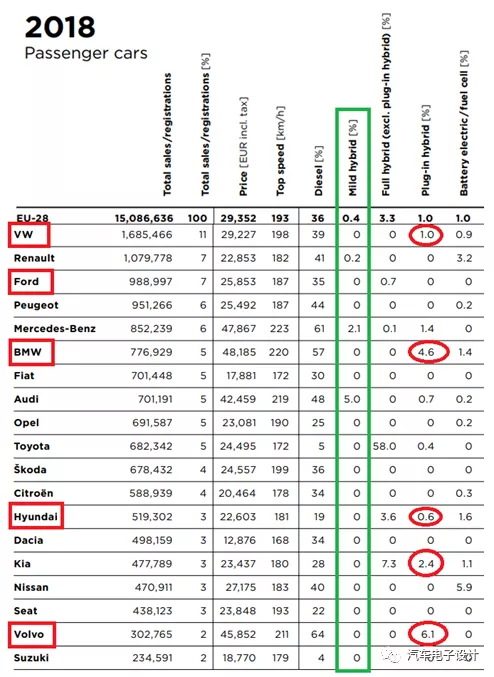
Breakthrough in the Penetration Rate of 48V?
The penetration rate of 48V systems is a big problem. Based on the above data, we estimate the total sales and penetration rates of 48V systems for the three brands in 2018, which are Renault 2180 units, Mercedes-Benz 17,900 units, and Audi 35,000 units.
We do not have data for 2019, but we will get more systematic data updates from ICCT later. Note: The 48V system was proposed in 2012, and models with the system began to enter several rounds of iteration around 2015.
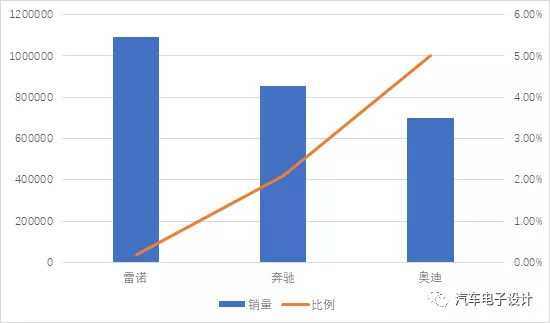
This year, we observed a peculiar phenomenon among BBA’s three companies:
1) Daimler: Mercedes-Benz took the lead in 48V, and in 2020, increased investment in PHEVs and plans to promote BEVs, but did not mention 48V in the whole strategy (in the green bond strategy released on June 18).
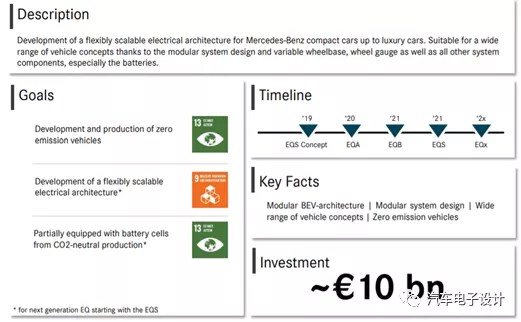 ## 2020 BMW
## 2020 BMW
Audi: Audi was also the first to launch a 48V system and even achieved a 5% market share in 2018. In 2020, Audi updated their BEV product lineup and PHEV combinations. The 48 V system now faces competition from the 12 V Mild Hybrid. Currently, BMW is the only manufacturer from BBA that particularly emphasized the need for mass production in 2020.
48V System Launch: Previously, BMW mainly focused on plug-in hybrid vehicles (PHV). In Q1 of 2019, they began mass production of the 48 V Mild Hybrid, which was initially applied to the “520d” and “520dxDrive” diesel four-cylinder engines. In Q1 of 2020, they began using it in their 3 series and BMW “X” models. Starting from Q3 of 2020, the 48 V system will be further expanded to include 37 models with BMW’s 4-cylinder gasoline engines and 6-cylinder engines. This will cover BMW’s 3 Series, 5 Series, 6 Series, 7 Series, X3, X4, X5, X6, and X7 models. BMW is willing to spare no effort to achieve the 20% reduction in emissions for passenger cars in Europe, which is worth €1,080,000.
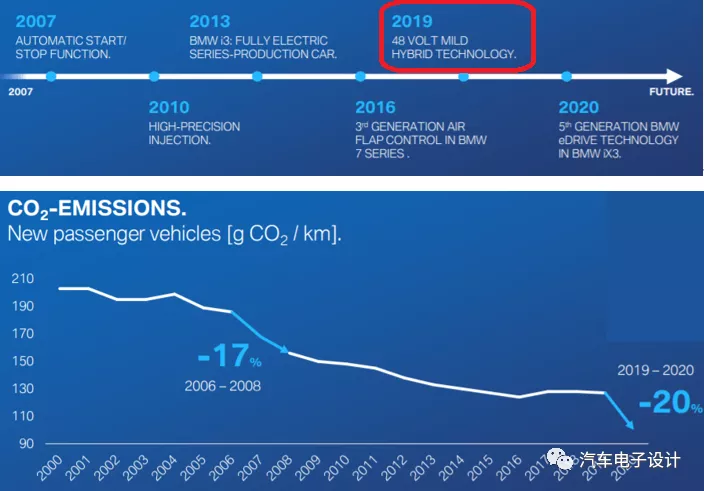
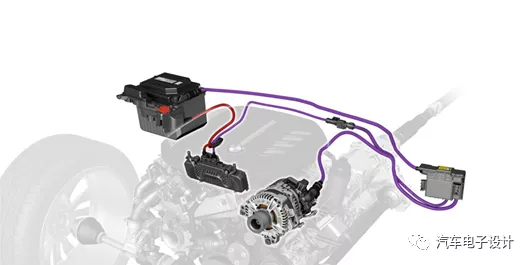
Let us take a closer look at the 48 V system:
1) Most automakers hope that the 48V system can reduce emissions by about 5%, which is currently a common feature.
2) The battery is a combination of 12 V 90 Ah and 48 V 11 Ah. Later on, we will compare BMW’s 12 V lithium-ion and multi-battery systems when the 48V system is unavailable.
Note: BMW may have used a number of LG Chem’s low-voltage battery systems in the 3 series, which might be predominantly 48V.
3) BMW also considered the driving characteristics of the entire engine when using this system. The electrically-assisted turbocharging function can effectively improve dynamic performance during full-throttle acceleration (the starter generator creates an 11 hp electric turbocharging effect).The traditional car model, as shown below, also uses a dual-battery system. Lead-acid batteries are 50-60 Ah, and lithium-ion batteries use 12V 10 Ah. In this sense, for BMW, the difference in overall cost is not significant.
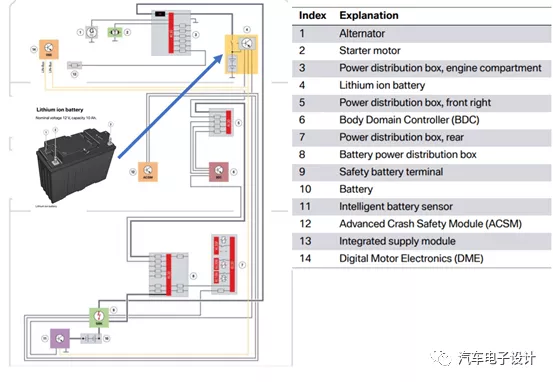
The 48V system does not have a particularly direct effect on fuel consumption, but in BBA, the BMW with the most driving experience and sporty style can make the best use of the dynamic characteristics of the 48V system. Deploying on a large scale under a 20% emission reduction constraint is really different.
Summary
In my personal opinion, the 48V system is not a very good solution. Once implemented, it has a significant impact on the profit margin of mid-range brands. Moreover, if it is equipped with other electrical loads of 48V like BBA, the added costs will be greater. Consumers cannot recognize the fuel saving effect in the short-term.
I estimate that the increase in the penetration rate of 48V from these three companies will still be the main feature in 2020-2021, and the situation of other companies will be analyzed in the next article.
This article is a translation by ChatGPT of a Chinese report from 42HOW. If you have any questions about it, please email bd@42how.com.
